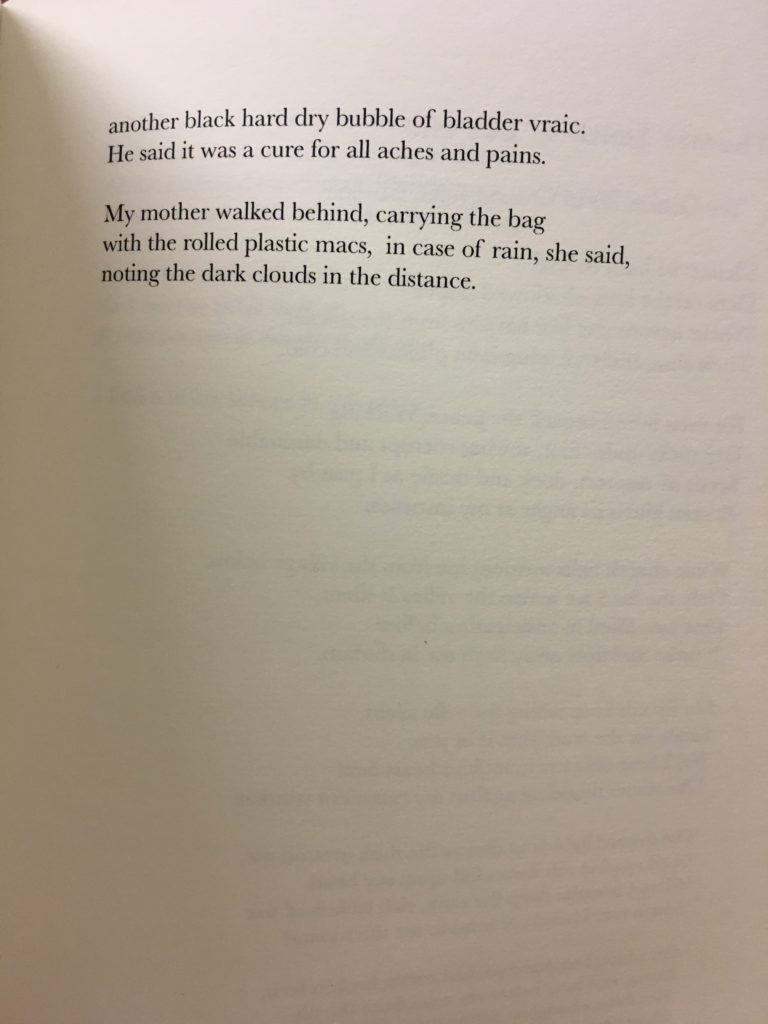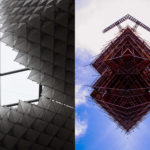My book will be split into 3 sections divided by Poems written by my grandpa acting as the inspiration for each part.Throughout the book to tie it all together I want to present archival family photos and scans of poem notes to give the whole thing context and to link it back to my grandpa.
The First titled ” little changes” was set in his garden where he spent a lot of time during his retirement. Nature and the environment were always very important to him and he used his garden as a space to grow his own veg, flowers and create a habitat for wildlife. I want to take photos of the garden which show signs of life and reflect the title of the poem. I am also interested in taking photos of other family members such as my younger cousins who never got to meet their grandpa but still have a great connection to the garden.
The second poem called “steffi’s Castle” It is based on me when I was a child playing with toys at their house. They had a toy castle which was my dads from when he was younger, along with it were boxes of figures that had been collected by the family over the years including medieval knights, Red Indians and football players. On this occasion I had incorporated all the toys in the toy box into a scene. This is one of many fond memories I have of my time spent with my Grandpa. I want to take photos of the figures mentioned in the poem, I am thinking of doing this on a white infinity background so the details really stand out. I have also considered linking the idea of the castle with another memory I have with him, we used to go for family walks to Gronez Castle which was near there house. I was thinking to take photos of the toys near the real castle and play with perspective and lighting.
The final poem and section of the book is called “tunnelling” it is based on my Grandpas childhood and memories he had with his parents on the island. It talks about family walks on the beach near Corbière lighthouse, for my first photoshoot I want to walk along the same beach and take photos of things that remind me of my grandpa and the poem.
Monthly Archives: December 2018
Filters
Reviewing and Reflecting
For this ‘political landscape’ project I am focusing on the theme of surveillance, and how surveillance actually effects the general public, in both positive or negative ways. I intend to focus on three subject matters related to this theme.
One being CCTV cameras which are a man-made tool of surveillance used all over the world (245 million professionally installed video surveillance cameras active and operational globally.)


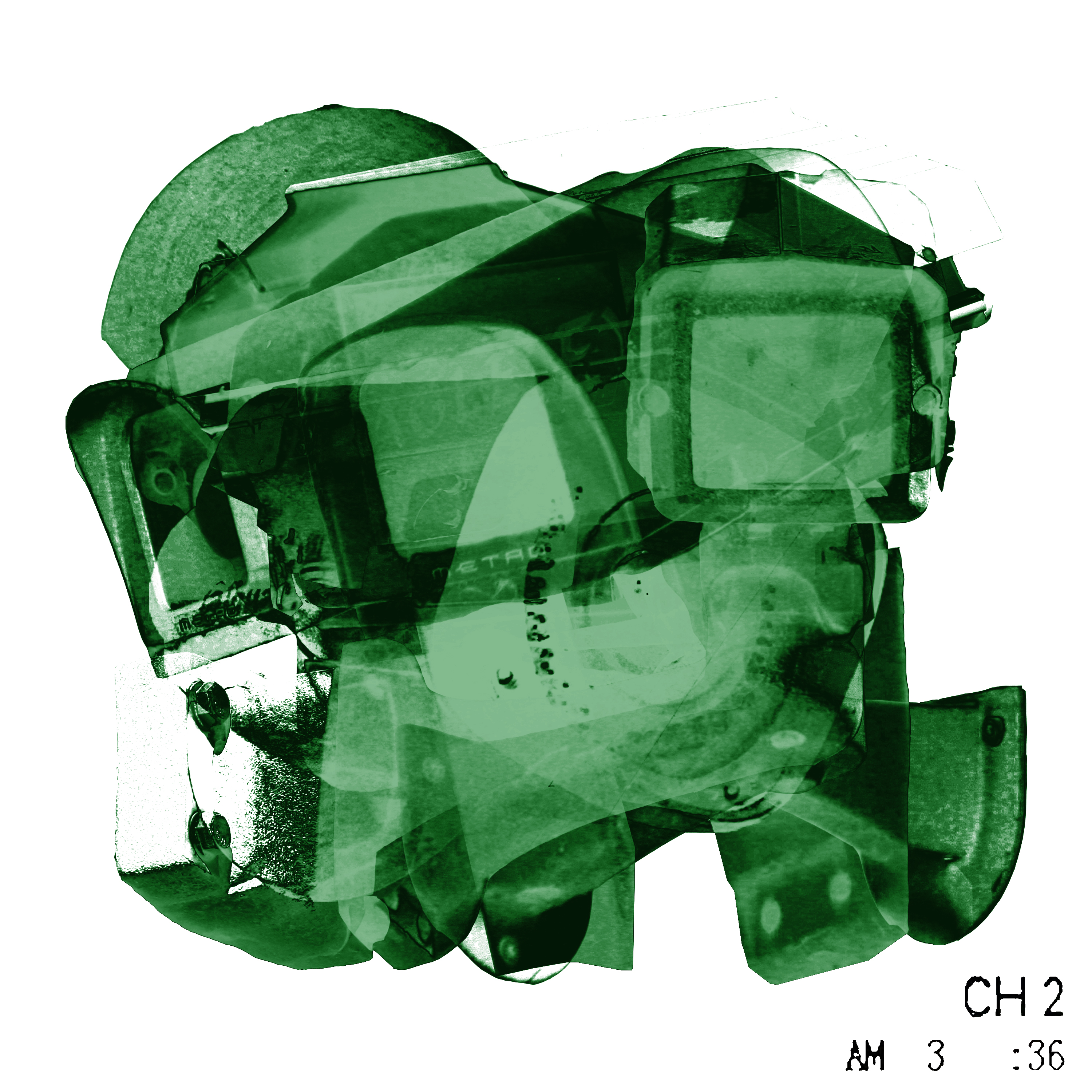

One subject matter being replicated CCTV footage through the use of high angle street portraits manipulated to have the same aesthetic qualities to that of security camera footage.




And my third subject matter being urban / ‘city birds’ perched up high, this subject matter being a physical representation of surveillance in terms of looking/spying, as these perched birds are looking down onto the goings-on of populated areas.



As you can see with each of my descriptions of my 3 subject matters, I have already began to produce images focusing on these three subjects, and so far I personally believe that the work is successful and has a lot of meaning. In terms of the photographers which I have looked at for inspiration (Thomas Ruff, George K Sullivan and Trevor Paglen) , I believe that the work which I have been producing so far reflects inspiration and ideas which i have drawn from their work and used in my own way. Part of the reason as to why I believe that this project is working successfully so far is because it is a topic which I have great interest in and am very curious about. I think that photography is a great way to explore this political topic as surveillance its self is about looking, so with as a lens based media, requiring vision I believe that this is very well suited. As I stated in my original project specification I intended to produce visually unusual and borderline-abstract images in response to surveillance and the ideas surrounding this topic. I want to create images that will make the viewer question the issues and controversies associated with surveillance, which so far seems to be going in the direction of which I initially intended it to.
I have also then gone on to create composite images using multiple photographs of different subjects…

current Analysis of shoots and how I use these together.
Currently with all the shoots that I have so far, my main objective is to do one more underwater shoot ,and two shoots of landscape images which have the ability to split up the narrative of the book and not have a constantly repetitive water imagery. I have taken more shoots then appear below, However I do not know weather with ,y new objective if they will fit within the new narrative of the book itself. However if I do decided to pursue the angle of the sirens and the development of their forms, such as: birds and scales, this too could be a small photoshoot I could use with the intention to add some variety to the book itself. I always had the idea that I wanted every single image to be interesting within how it is composed and always have a new interesting surreal aspect of interests within the images themselves. Below is around 25 of the 40 images that I will need for the book. This allows me to keep a perspective of how many more images I need for the content to be to a high standard.
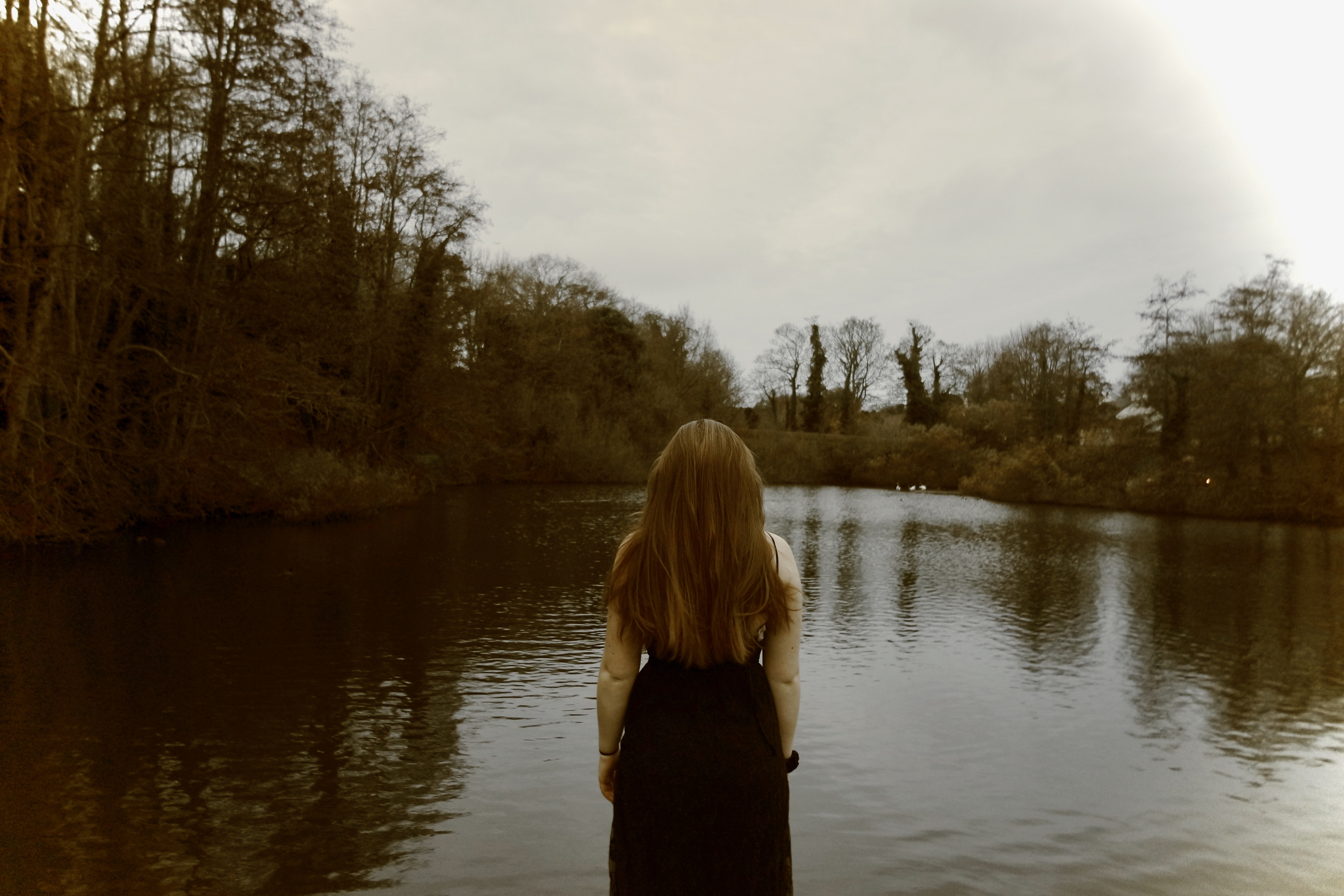
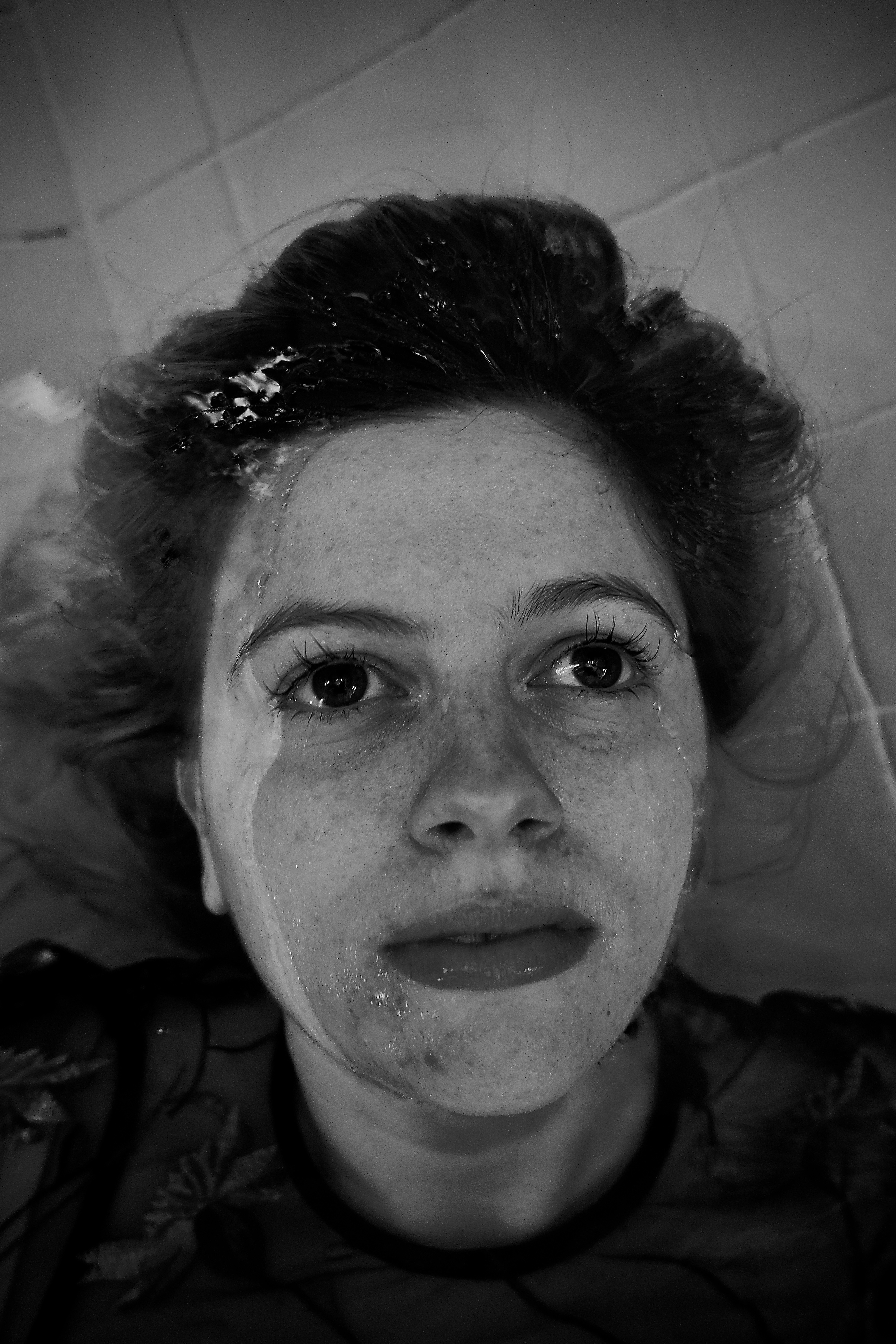
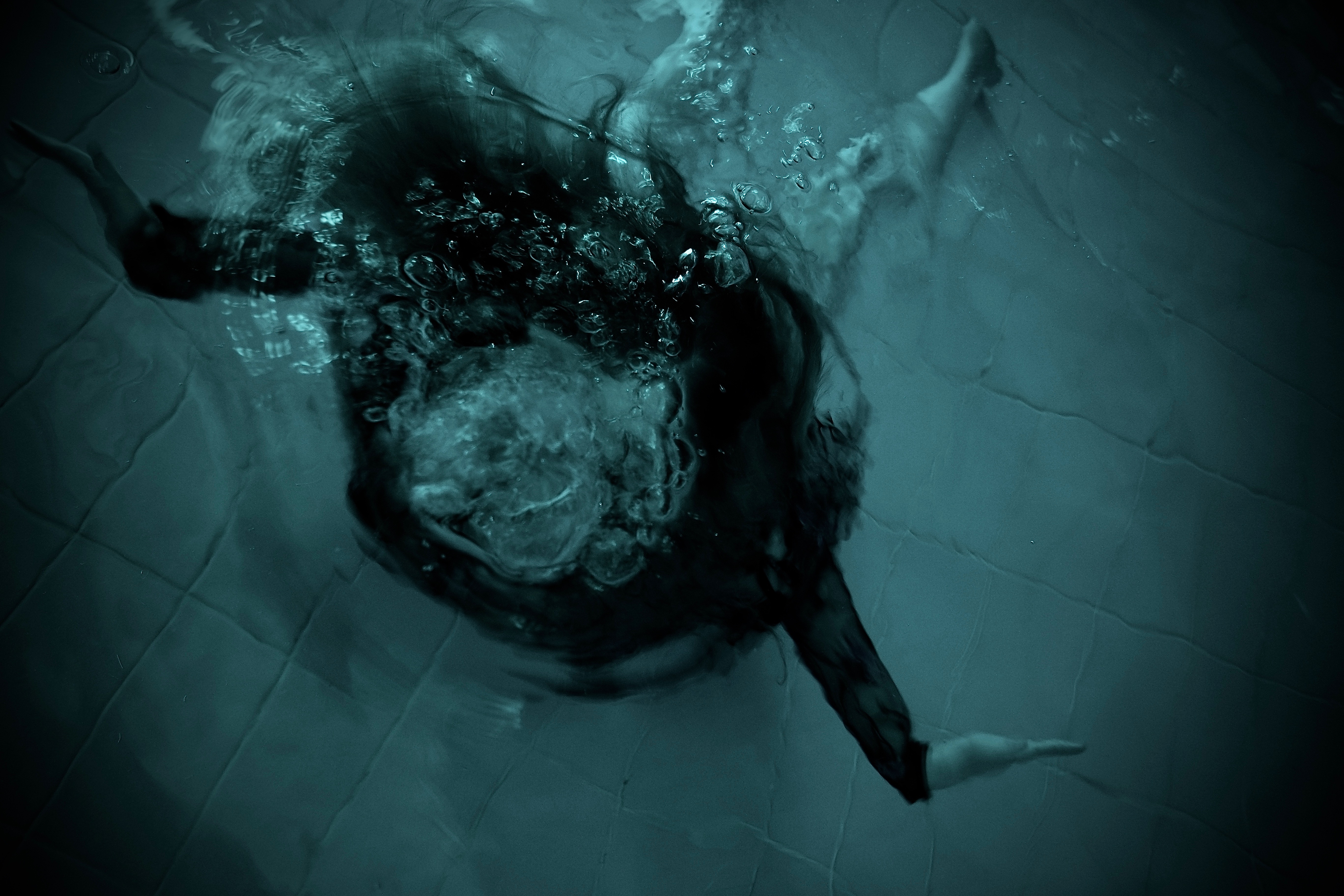
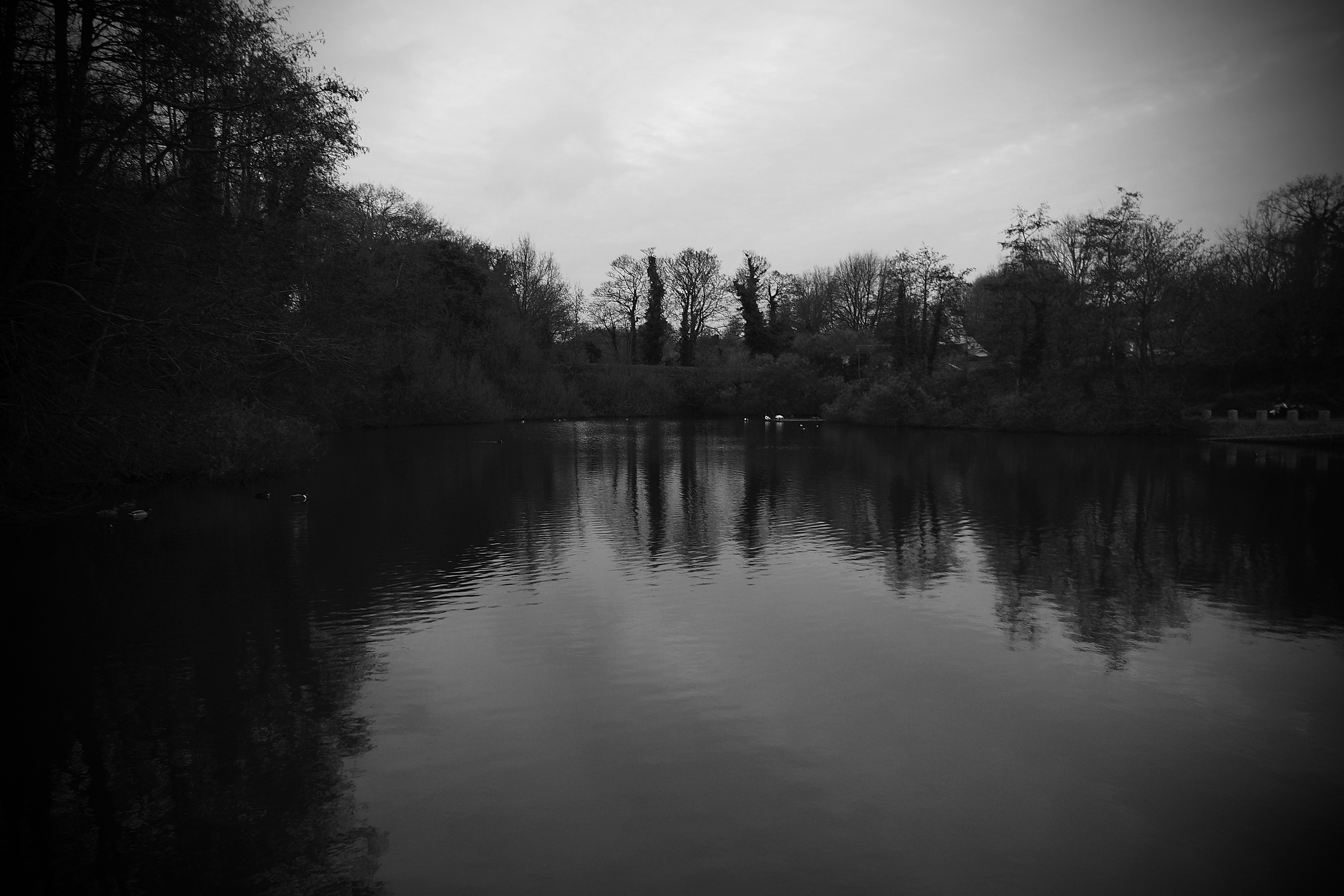




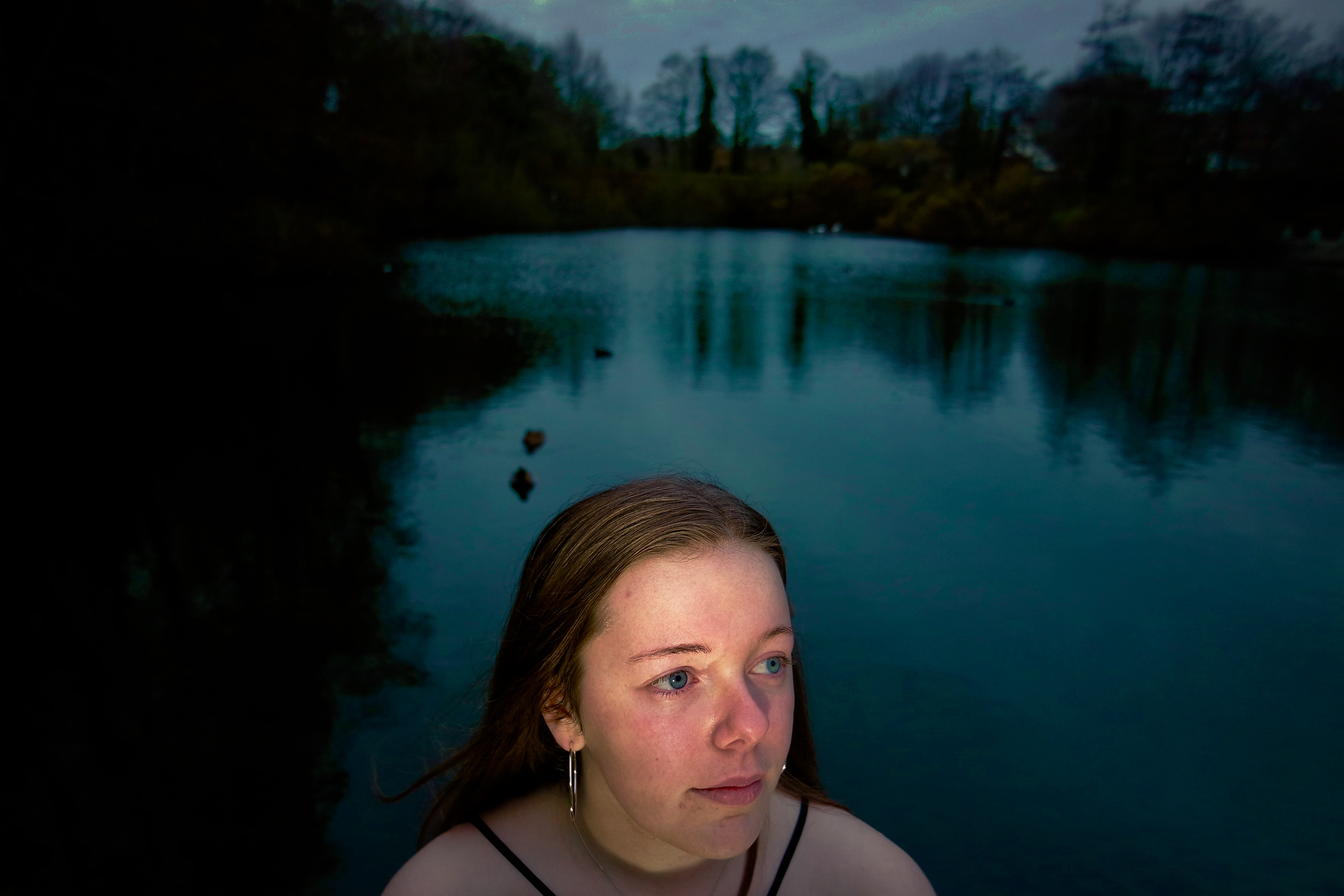


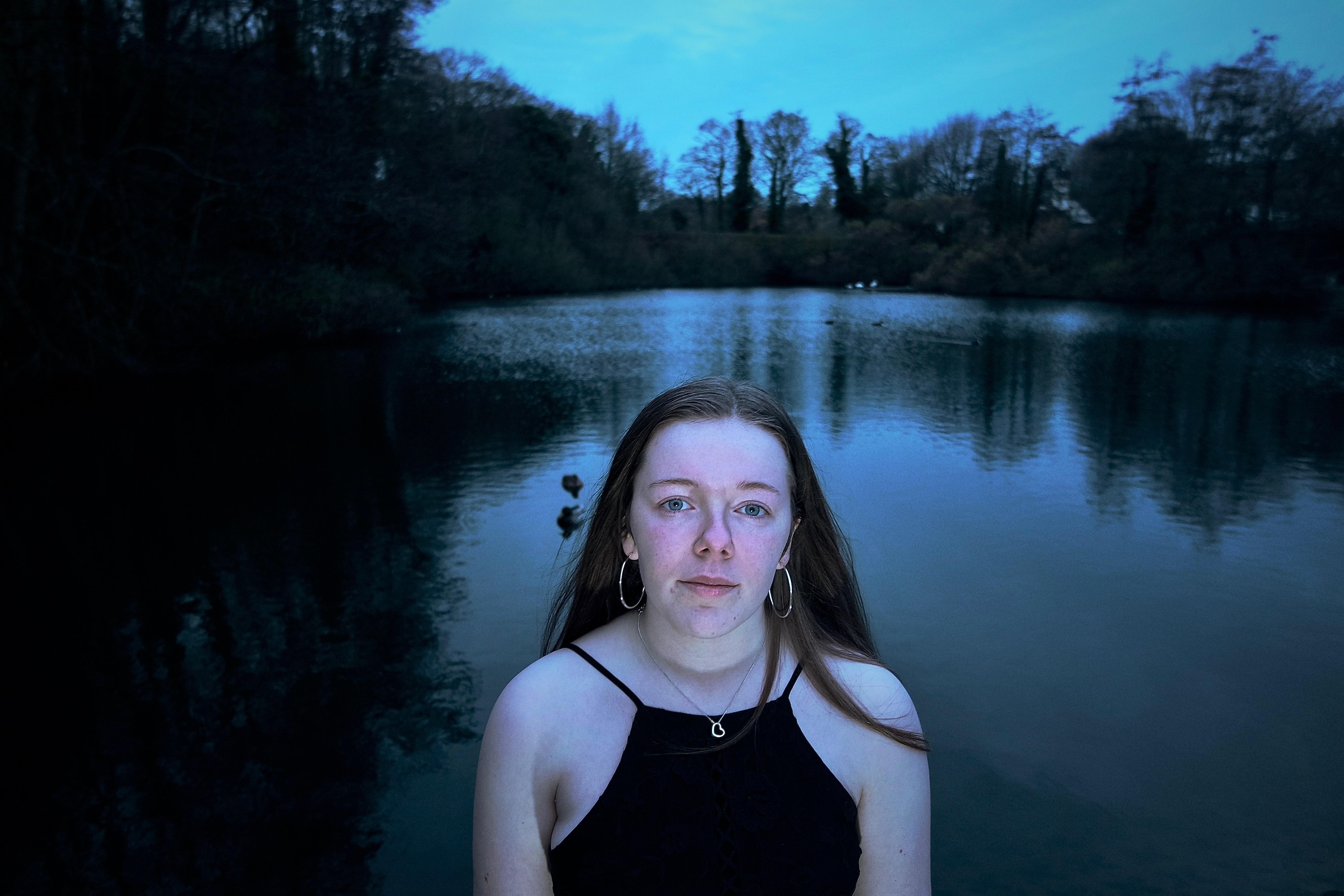
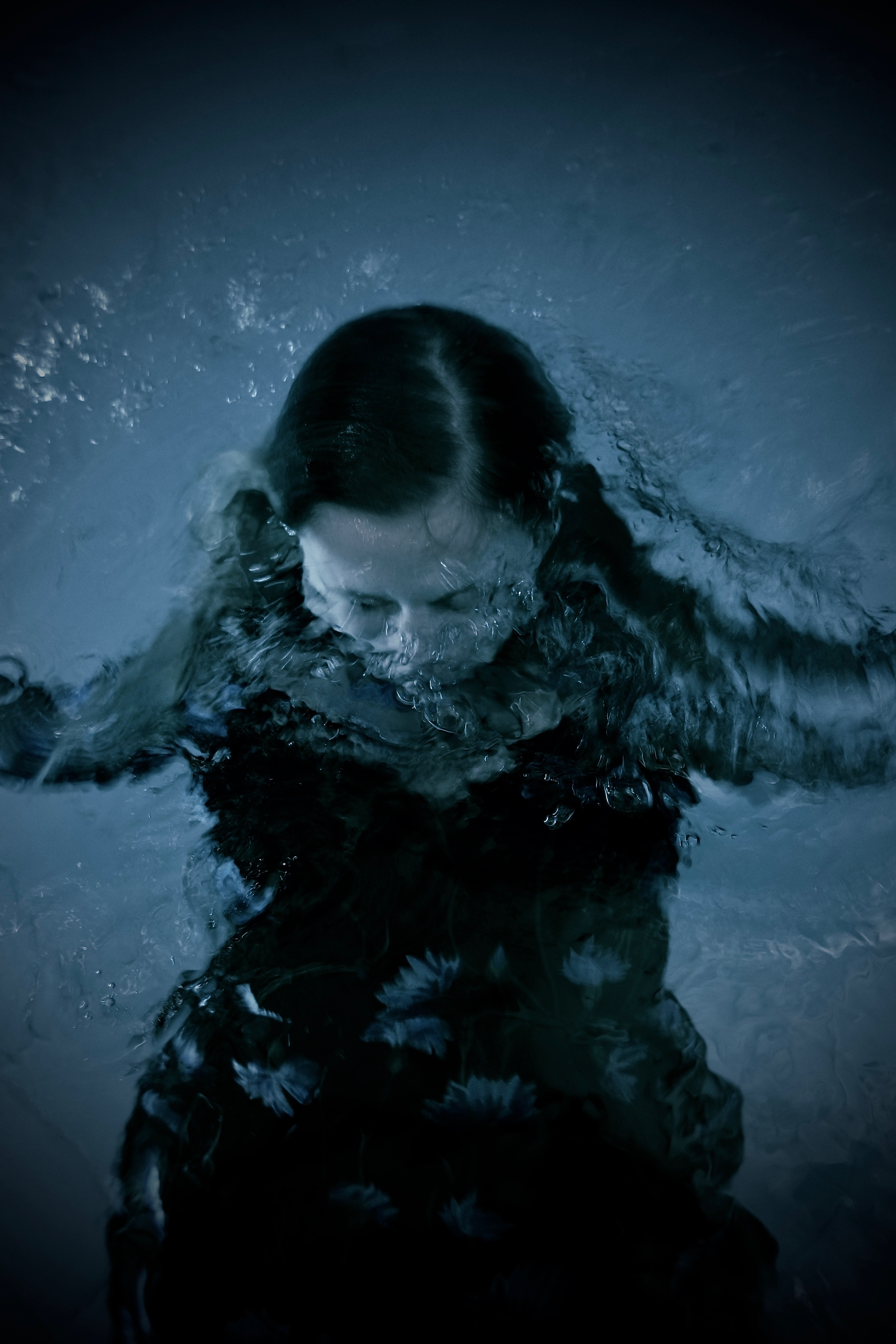
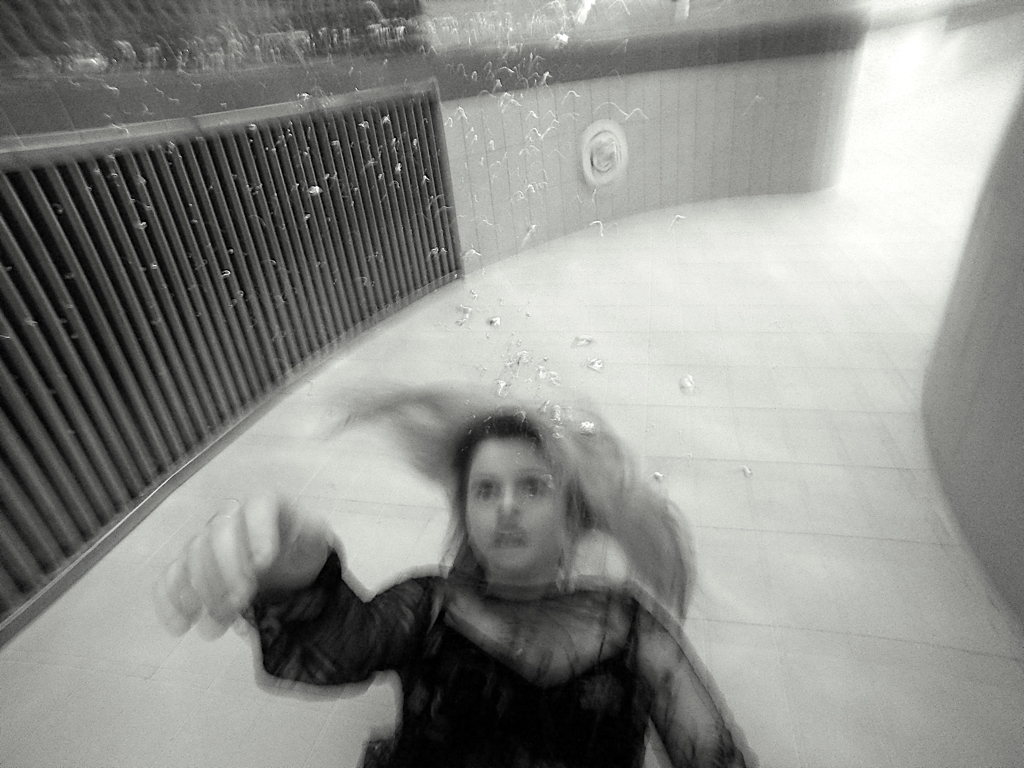










Keith Arnatt

The Tears of Things (Objects from a Rubbish Tip), 1990-91, colour photographs, selection

Howler’s Hill, 1987-88, colour photographs, selection
Keith Arnatt uses his minimalistic style in ‘The Tears Of Things’ to capture items from a rubbish tip with an aesthetic that forces the viewer to think deeper than the object in the image. It provides questions such as the dangers on the environment as well as who the items belonged to and why they were thrown away.
‘Howlers Hill’ is primarily a study of split plastic bags, in which their decaying products emerge from. The natural lighting shows that these images were taken in an outside environment. As the bags split under pressure from their environment, either by the weight of loads placed upon them or natural decay, the contents fall out & are on display for all to see. The fragility of the bag could be seen as a metaphor or Sign for our own lives & inner burdens which threaten to burst open under the slightest extra load.
Image Analysis

In this series, Keith Arnatt captures items found in a rubbish tip, specifically in this image a disposed plastic baby.
The phrase “The Tears of Things” translates from the Latin phrase “Lacrimae rerum” which means the burden human beings have to bear, ever present frailty and suffering, is what defines the essence of human experience. Arnatt uses this phrase to describe the effect we have on our environment.
He places the item in the center of the frame, forming a vignette around the sides by using a tungsten spotlight. This reflects a minimalist style by using a simple black background. He uses a low aperture in order to focus the forefront of the item, the rest disappearing into a dark blur in the background.
The simplicity of images in this series come as part of the conceptual movement, which Arnatt was such a big part of. Conceptual artists recognize that all art is essentially conceptual. In order to emphasize this, many Conceptual artists reduce the material presence of their work to an absolute minimum. Conceptual artists were influenced by the brutal simplicity of Minimalism, but they rejected Minimalism’s embrace of the conventions of sculpture and painting as mainstays of artistic production. For Conceptual artists, art does not need to look traditional or even take any physical form at all.
Photo shoot focusing on birds
RED = UNSUCCESSFUL
YELLOW = SUCCESSFUL / POSSIBLE USE
GREEN = SUCCESSFUL / USE FOR EDITING PROCESS
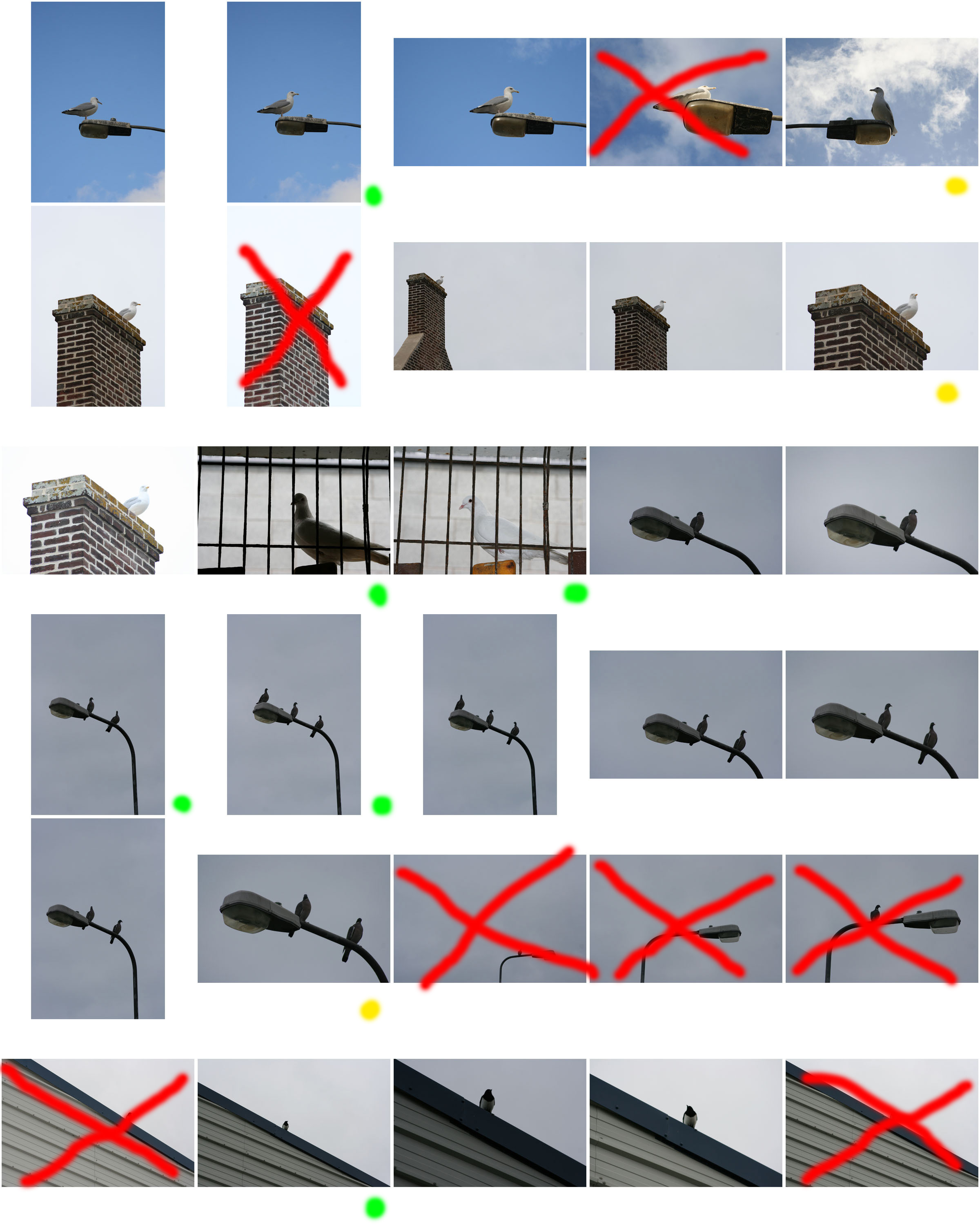

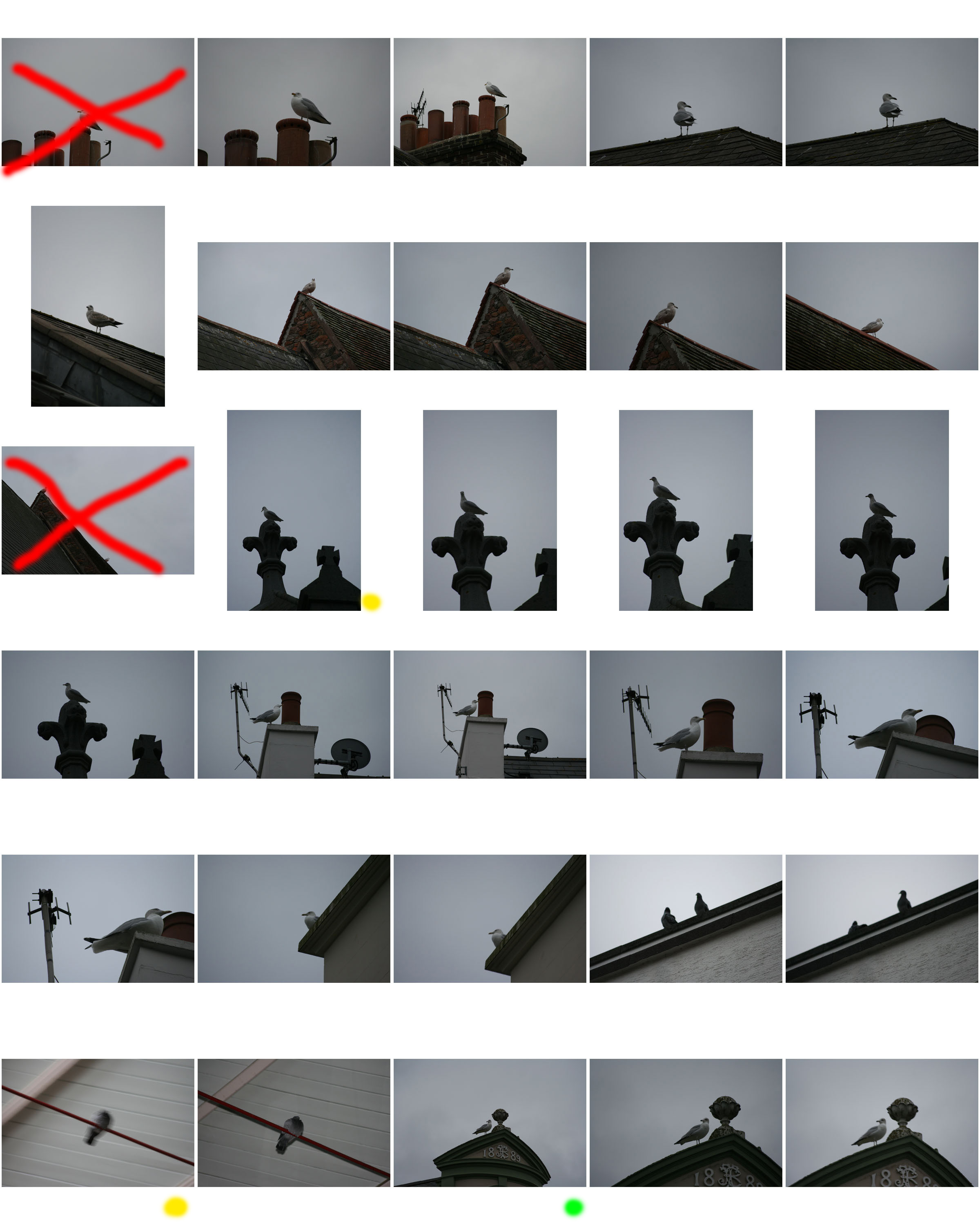

Planner: Photobook and Essay
SPRING TERM – COURSEWORK
DEADLINE MON 11 / TUE 12 FEB – MOCK EXAM
Here is a link to the Personal-Study-Planner-Tracker-2018-19 for the remaining 6 weeks
Week 16: 8 – 14 Jan
Edit images and complete essay introduction
Political Landscape: Lesson time (Mon, Tue, Thurs & Fri)
Bring images from new photo-shoots to lessons and follow these instructions
- Save shoots in folder and import into Lightroom
- Organisation: Create a new Collection from each new shoot inside Collection Set: Political Landscape
- Editing: select 8-12 images from each shoot.
- Experimenting: Adjust images in Develop, both as Colour and B&W images appropriate to your intentions
- Export images as JPGS (1000 pixels) and save in a folder: BLOG
- Create a Blogpost with edited images and an evaluation; explaining what you focused on in each shoot and how you intend to develop your next photoshoot.
- Make references to artists references, previous work, experiments, inspiration etc.
- Prep for photobook design: Make a rough selection of your 40-50 best pictures from all shoots. Make sure you have adjusted and standardised all the pictures in terms of exposure, colour balance.
Further experimentation:
- Export same set of images from Lightroom as TIFF (4000 pixels)
- Experimentation: demonstrate further creativity using Photoshop to make composite/ montage/ typology/ grids/ diptych/triptych, text/ typology etc appropriate to your intentions
- contrast, brightness and produced a duplicate a set in B&W.
- Make sure you annotate process and techniques used and evaluate each experiment
Essay: Lesson time (Wed)
- Complete Paragraph 1 and upload to the blog no later than Mon 14 Jan.
Future of St Helier Newspaper and Installation
Future of St Helier
Your final images/ design – choose from folders here
Then write your own evaluation / experience of being part of the newspaper and hoarding installation etc.
Copy and past all the below and publish as your own blog post
Hoarding Installation
The unveiling of the Future of St Helier Hoarding at the International Finance Centre on the Esplanade in St Helier took place on Thursday 13 Dec 2018.

First published as a 52 page newspaper supplement in September by the Jersey Evening Post the work produced by A-Level Photography students at Hautlieu School have been transformed into a 34m outdoor installation as part of Masterplan Community Arts and Education Project
We were challenged with responding to specific areas, streets and neighbourhoods divided up along the urban vingtaines of St Helier and to explore through research, archives and photography the built-environment, urban living, diverse communities, town planning, land use and re-generation projects.
We thank all sponsors and collaborators for making this a successful contribution to the island’s cultural records and historic archives Jersey Development Company, Camerons Ltd, MJP Architects, Archisle, Lewis Bush, Photo-Archive Societe-Jersiaise, Kevin Pilley, States of Jersey and Connétable of St Helier, Simon Crowcroft
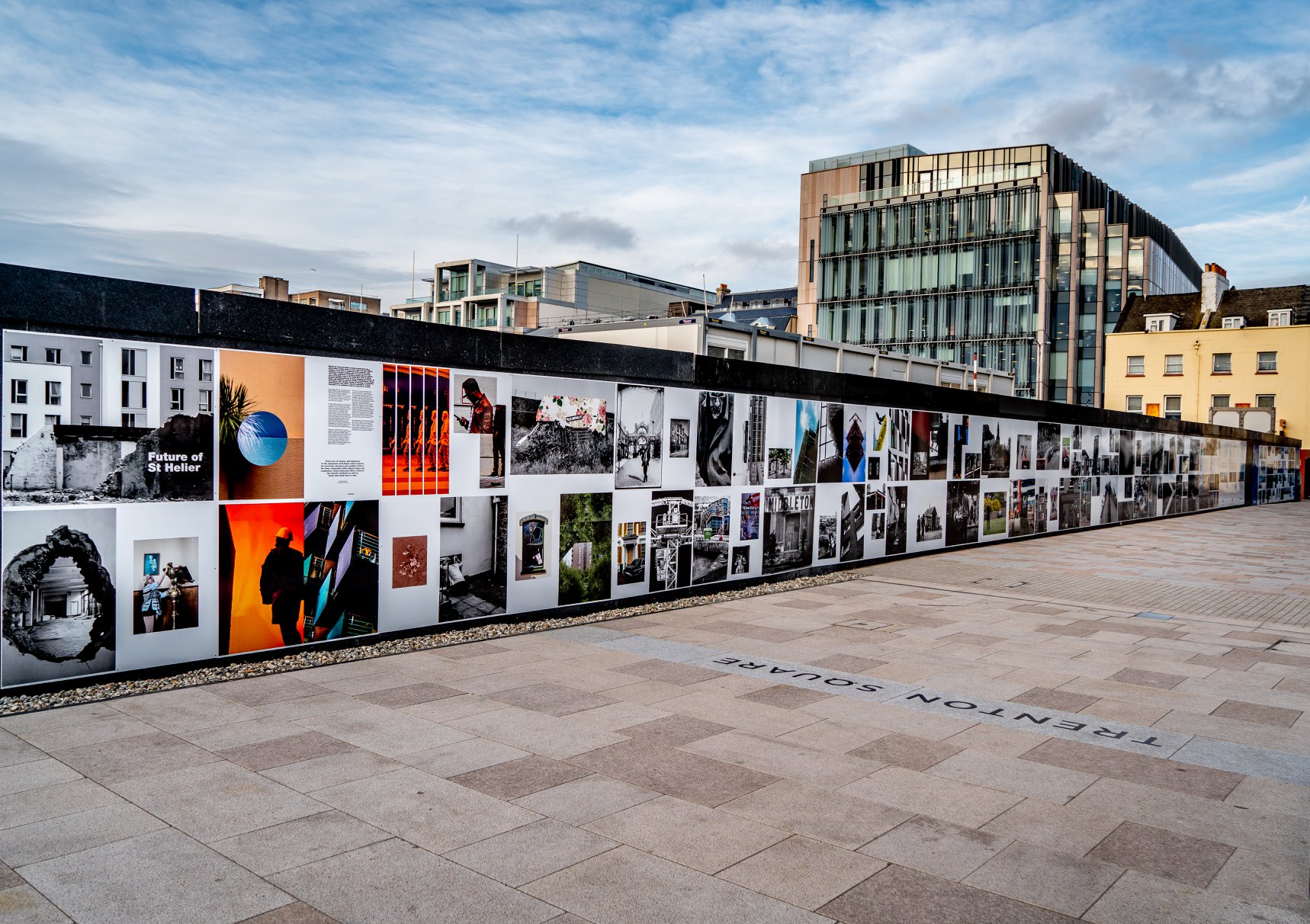
Earlier today we unveiled the Masterplan Future of St Helier hoarding display at the International Finance Centre. Lots of local media interest from Jersey Evening Post, ITV Channel TV and BBC Jersey who broadcasted live on radio talking to photography students at Hautlieu School, Constable of St Helier, Simon Crowcroft and sponsors Jersey Development Company, Camerons Ltd, MJP Architects about the future of the island and its capital. An excellent example of how a community arts and education project can generate a debate that affects all those who either live, work or visit St Helier.
If you are interested in our views of young people tune into BBC Radio here (listen from 3:18:30 onwards or watch the six o’clock news tonight on ITV.
https://www.bbc.co.uk/sounds/play/p06rlpdw
If you missed the news last night at ITV Channel TV you can catch up here with Hautlieu students talking (15m.12s) about their images on display at the Masterplan Future of St Helier hoarding on the International Finance Centre.
See link here

The outdoor installation on the hoarding around the construction site is a great way to engage the public in art and debates concerning the future of the island’s capital but, what we need in Jersey is a new contemporary art space that will provide a new venue to showcase art produced in the island, but equally also bring international art to Jersey for the public enjoyment of its residents and visitors alike.
The recent Culture, Arts and Heritage Strategic Review, commissioned by the Government of Jersey makes 20 new recommendations that will revitalise the island’s cultural infrastructure and achieve a wide range of social and economic objectives from tourism, to health and well being to external relations, to planning and environmental developments – in the hope that in partnership with Government it will enrich and enhance Jersey’s quality of life.
Let’s hope those in power who can make real changes to St Helier’s build environment will include such a new art space in the revised Masterplan of the Waterfront. All we need is political will and re-prioritising public funding for the arts. States of Jersey
Future of St Helier Newspaper
The outcome of students work was first published on Tuesday 18 September 2018 as a 52 page newspaper supplement, Future of St Helier that was printed in 14,000 copies and inserted into a daily edition of the Jersey Evening Post and distributed island wide.
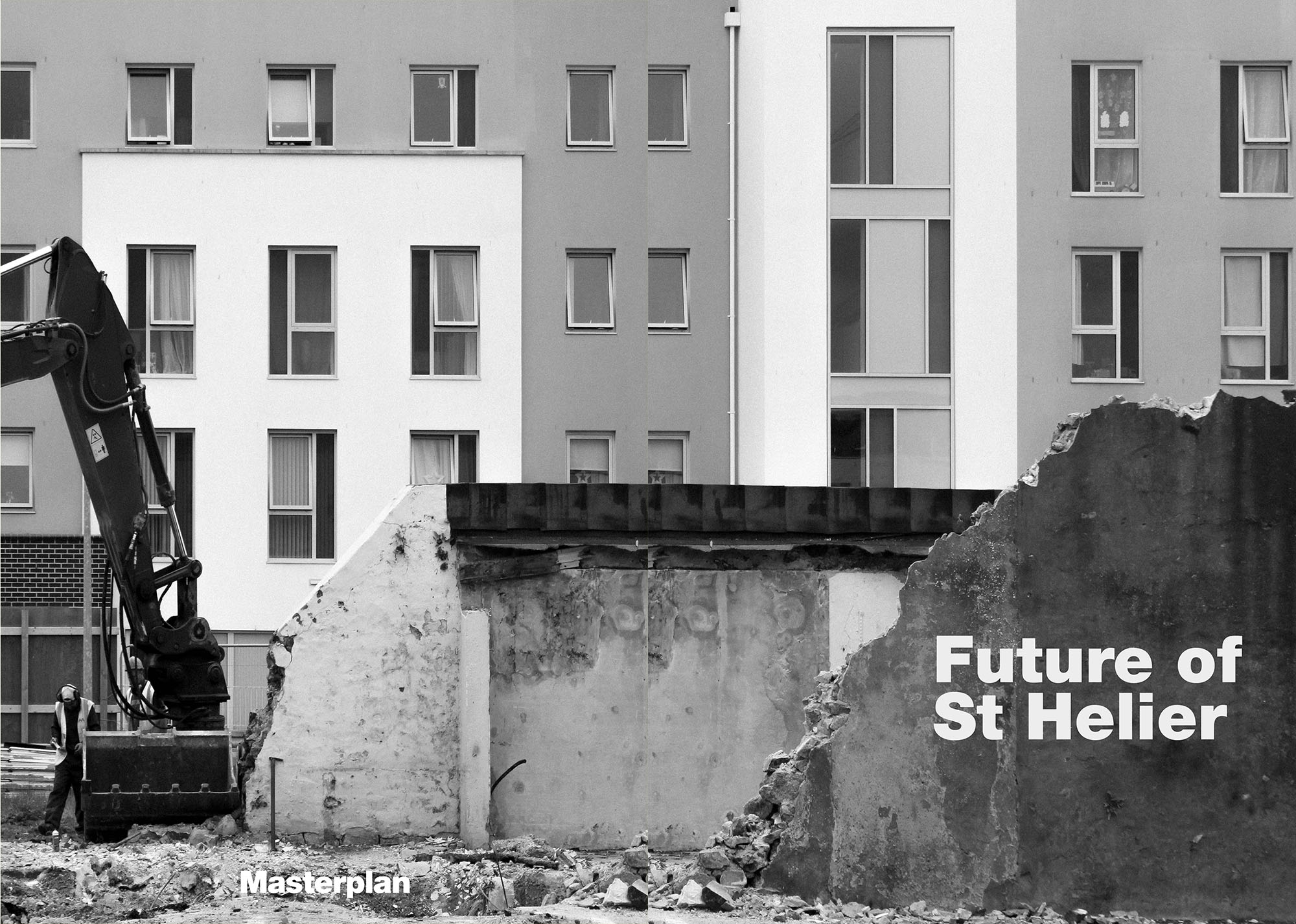
Here is a video browser of our Future of St Helier supplement printed and distributed in today’s edition of the Jersey Evening Post. Hautlieu photography students were challenged with responding to specific areas, streets and neighbourhoods divided up along the urban vingtaines of St Helier and to explore through research, archives and photography the built-environment, urban living, diverse communities, town planning, land use and re-generation projects. Each student designed a page spread which was then split in half producing a fragmented image reflecting on the nature of experience and diversity of St Helier.
https://www.facebook.com/martin.toft.758/videos/10155481208570899/
ESSAY INTRODUCTION
Is feminism [the equality of the sexes] still relevant today and how have artists throughout each wave of feminism reflected their agenda in their art??
Throughout art history, when female artists have been discussed their art has always been regarded as biologically determined, that all associations of femininity are linked to their style of painting and the subjects they choose to paint. Female artists were seen as the minority. This was stemmed from common ideologies and gender norms within society that restricted their subject matters in their paintings – only painting objects that reflected their femininity like flowers or portraits of miniatures, using mediums like pastels and watercolour. Moreover, women who were subjects within paintings were often objectified by the male artist simply for the pleasure of the receiver. Typically, within paintings of the nude women were often stripped of their sexual power so the spectator – typically a man – could monopolise their own sexual power and feel dominance of the submissive subject within a painting. Women within art have always been overlooked and restrained of their creativity because of male dominance within the patriarchal society. Even at present day, female artists struggle to create pieces of work that don’t have a hegemonic hold and connotations or histories of traditional ideas of femininity. This can be perceived as boundaries, so therefore female artists usually find other ways of creating art like installations and producing pictures. These are contemporary ways of producing art and therefore don’t refer to a particular or dominant gender.
Shoot 2
Contact Sheet



sublime and water, Mythology, sirens and Atlantis
Atlantis– is a fictional island, mentioned throughout Platos work. It is representative from the antagonist naval power of the ancient Athens. It is an underwater hidden nation supposedly which sunk, submerging into the Atlantic ocean. Despite its minor importance in Plato’s work, the Atlantis story has had a considerable impact on literature. The idea of Atlantis itself is the concept of ‘lost’ it is the island subcontinent often idealised as an advanced utopian society, which holds wisdom and the capabilities to bring world peace. Atlantis is said to have captive dreamers and a new era of generations. Thousands of literary texts and media forms have been created and devoted to Atlantis and still to this day it remains a popular topic. Many people have attempted to venture into this world, along the way loosing many fortunes, even their lives. However, Although Atlantis is conceived as a peaceful utopia, Plato the philosopher spoken about previously believed it was very different. He propposed “Atlantis is not a place to be honoured or emulated at all. Atlantis is not the perfect society … Quite the contrary, Atlantis is the embodiment of a materially wealthy, technologically advanced, and militarily powerful nation that has become corrupted by its wealth, sophistication, and might.”Soon Platos morality became a legend about a city’s heroic rival of Athens, and its sunken civilisation. If Atlantis really existed today and was found intact and perhaps inhabited, its residents would be seen as aggressive and not welcoming to outsiders. Despite the clear indication and form of logic off the origin of fiction, many people over the centuries still claim that there must be some truth behind the myths,Speculation has gone on for many years and countless experiments have occurred looking through lost located continents all around the world. Every-time ‘experts’ venture into these locations they each form a set of evidence and arguments for its existence, however, many still have divided opinions if it is based around the Atlantic Ocean, Antarctica, Bolivia, Turkey, Germany, Malta and the Caribbean. There is still no explanantional evidence of Atlantis being real, it is still a myth no trace of it has ever been found, However despite that there are evidences that in oceanography and mapping the floor for the past decades. The ocean is capable of such vast depth, we do not have access to, we have still not searched around 90% of the ocean, the vast depths might somehow hide a sunken city or continent. Though there remains much mystery at the bottom of the world’s oceans, it is inconceivable that the world’s oceanographers, submariners, and deep-sea probes have some how missed a landmass “larger than Libya and Asia together.” Additionally tectonic plates demonstrate Atlantis as impossible, as the continents have drifted, the seafloor has spread overtime, and has not contracted to enable to perfect areas for a city to be able to rest. There would simply be no place for Atlantis to sink into. “The geology is clear; there could have been no large land surface that then sank in the area where Plato places Atlantis. Together, modern archaeology and geology provide an unambiguous verdict: There was no Atlantic continent; there was no great civilisation called Atlantis.” I do find it interesting however How Plato was such a influential philosopher, and through my work I have been influenced by many philosophers too. I might look further into his work and see if I could too include what he has spoken about into my work. I believe as I am already discussing the PAIN and PLaEASURE which water and the sea has, and how it connects into elements of the sublime, and romanticism. It also links to such a strong history of legends such as Atlantis, photographers who have studied and looked at work from the following myths, they capture some old structure, however non of which have been proof of Atlantis.
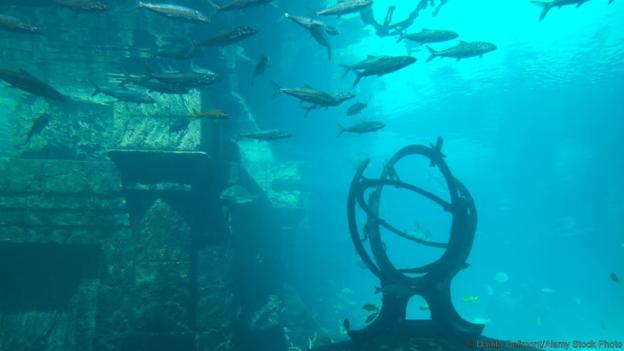
sirens: Traditionally sirens are half-bird, half beautiful maidens, they were singing enchantresses capable of luring passing sailors to their islands, and sequently, to their doom. they were also seen as daughters of the river god, they were fated to die if anyone should happen to survive their singing at the time. When Odysseus passed them by unharmed, they hurled themselves into the sea and were drowned. Traditionally, the Sirens were daughters of the river god Achelous and a Muse. Many claim that the sirens are actually daughters of powerful gods for instance, the daughter of Zeus and Demeter. It is said the sirens were originally given wings yet these were taken away as a punishment. The sirens had a seductive song, this has appeared similarly to Atlantis in many ancient greek myths. The sirens can be found living in small islands. It is said in order for men to not be seduced by the sirens singing, they had to block their ears with wax. The hero wanted to hear their song,Some of which bound themselves to the mast so they would not be killed when they go into the water. Sirens have been seen in many forms, this being as a bird, mermaid or naked women living amount the water. I think For my inspiration for this shoot i could focus on the deep threatening and also power that a women can hold when surrounded by water. I believe I could focus on both the mermaid and human aspect and show a femininity within her being submerged within the water itself. Stories to do with the mythology of sirens and Atlantis: I want to look into past stories, as this might cause an inspiration for a further shoo which I could produce. Plato would certainly have heard of this disaster and realising the theatrical possibilities might have, with a dash of dramatic license and a little imagination, used the chain of events as a template for his own ends. Sir Desmond Lee a renowned classical historian certainly thought so when he stated “We must remember Plato’s purpose—to describe a rich, powerful and technologically advanced society to serve as an opponent of his ideal Athens. He had a fertile imagination and in Atlantis produced the first work of science fiction.”

I believe I could portray a narrative throughout each individual image I created, through the inspiration of sirens and mermaids alike. However personally I belive that the overall photoshopping, and clear fake atmosphere of mermaids is not exactly sublime to my mind, as their is no truth. It is not exactly breadth to taking photos which are not painful and a false sense of reality. Because of this I do not think myself re creating under water creates would exactly help achieve the same atmosphere throughout my own work. I could use the same themes within my work, such as the deceiving beauty the sirens had. I could when doing an underwater shoot capture a direct reality, such as focusing on actually fears found within the sea. Such as the depth of the water, and the real existing creates that would do harm. I think this is what I should talk about of this research, as otherwise I do not think the direct re-createment of mythological would work to my advantage.




